It is hard to disagree that one of the most destructive things a person can do to their vehicle is to allow the engine to overheat. Severe overheating can render the engine — and many of its component parts — completely useless, resulting in a large repair bill. How severely a vehicle’s engine overheats and how long a person continues to drive the vehicle after the engine overheats determine the extent of damage that will be done.
From the best-case scenario to the worst, overheating an engine can:
Shut Down the Engine
In a best-case scenario, the operator shuts down the engine before it reaches the point of no return minimizing the chance of damage, and then having the vehicle towed to a repair facility for further evaluation. Remember to check your gauges and pay attention to warning lights!
If the engine overheats, the driver should wait patiently to allow it to cool. Once the engine is cooled, it is necessary to determine what caused the vehicle to overheat in the first place and complete necessary repairs before attempting to drive it again.
Blown Radiator and/or Heater Hoses.
As hoses age, they lose some of their elasticity and can be the cause or result of an overheated engine. Once a hose is blown there is nothing to do but replace it. This by far is the easiest and least expensive repair. Periodic inspections would likely have alerted an owner to failing hoses and the subsequent overheating that can and will lead to more catastrophic damages.
Cracked the Head Gaskets or Heads
Overheating the engine can result in a blown head gasket(s). The head gasket is a gasket that seals the heads and the engine block. A blown head gasket is the next level on the list of overheating failures and repairs.
If the engine is run long enough overheating can crack the head(s) itself. While this can be an expensive fix regardless of whether or not you do it yourself, replacing the head is the same process as replacing a blown gasket. The only difference is what parts are replaced. The head may be salvageable with machine work to repair the damage created by the overheating or may be beyond the service limits of machining and need to be replaced.
Cracked Block
If an engine overheats to the point that the expansion of the metal in the block actually creates a crack, more serious problems arise. While it is possible to replace an engine block, this is one of the most expensive mechanical components of a vehicle. In addition, a cracked block requires the engine to be replaced (there is no repairing). A cracked block is a worst-case scenario.
Obviously, it is always best not to have to deal with engine damage of any kind. Preventative cooling system maintenance is the key to keeping your engine from overheating. Routinely check your belts, hoses, coolant/distilled water levels and condition, flush and fill the system as recommended by your vehicle’s manufacturer and inspect all system components for wear and tear, replacing parts when necessary.
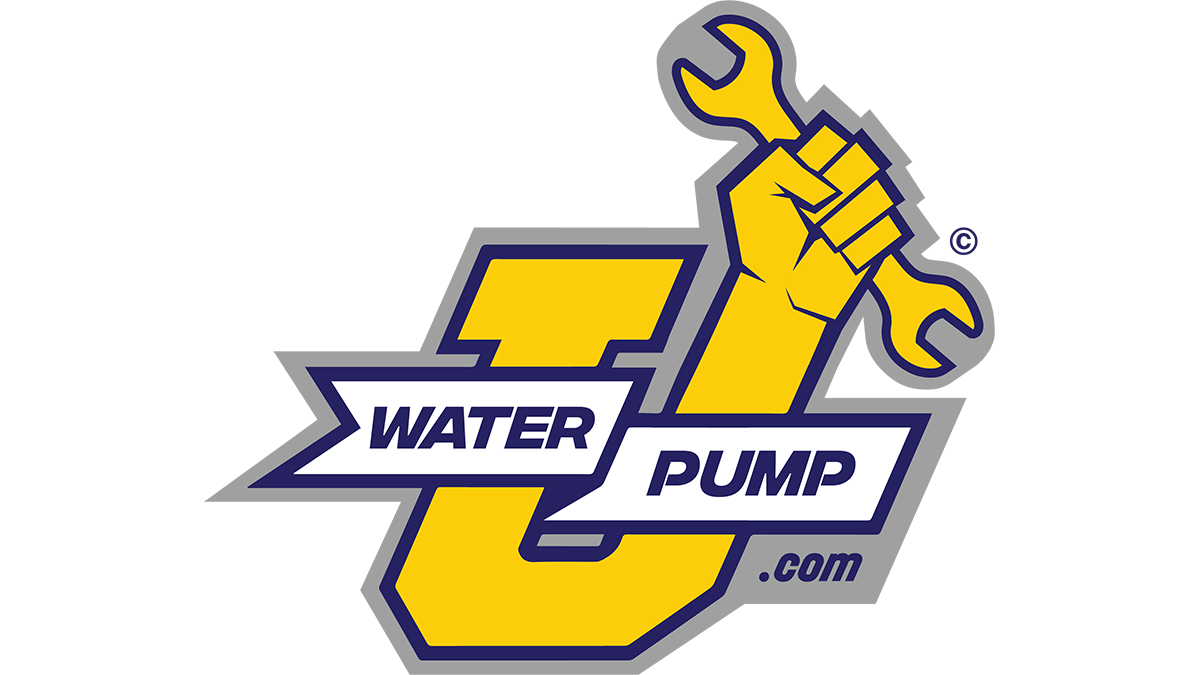
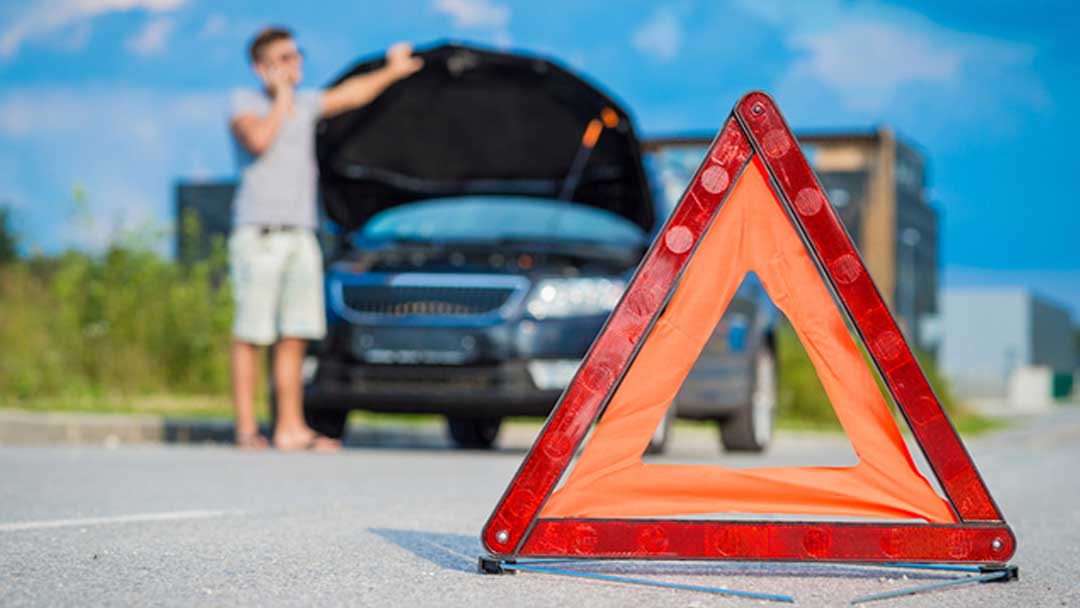
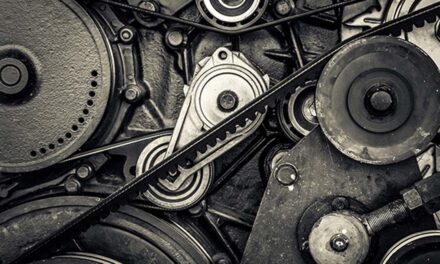
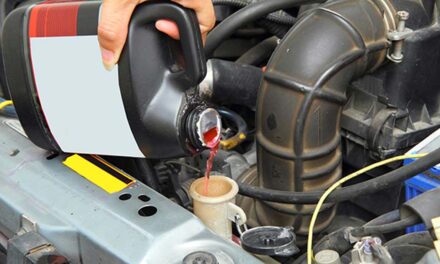
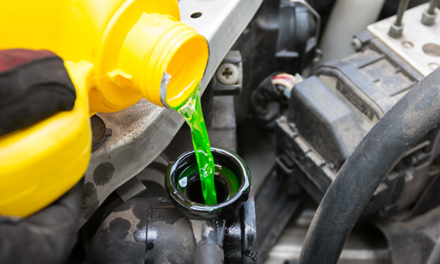
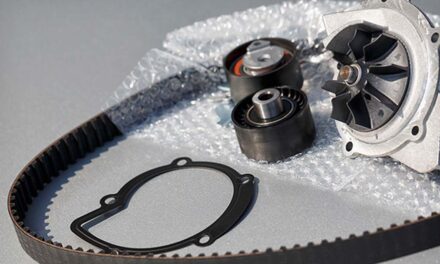
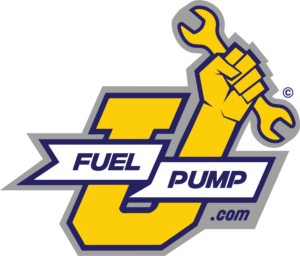



If a vehicles engine cease due to a burst hose am I correct in assuming that the water pump will have to be replaced